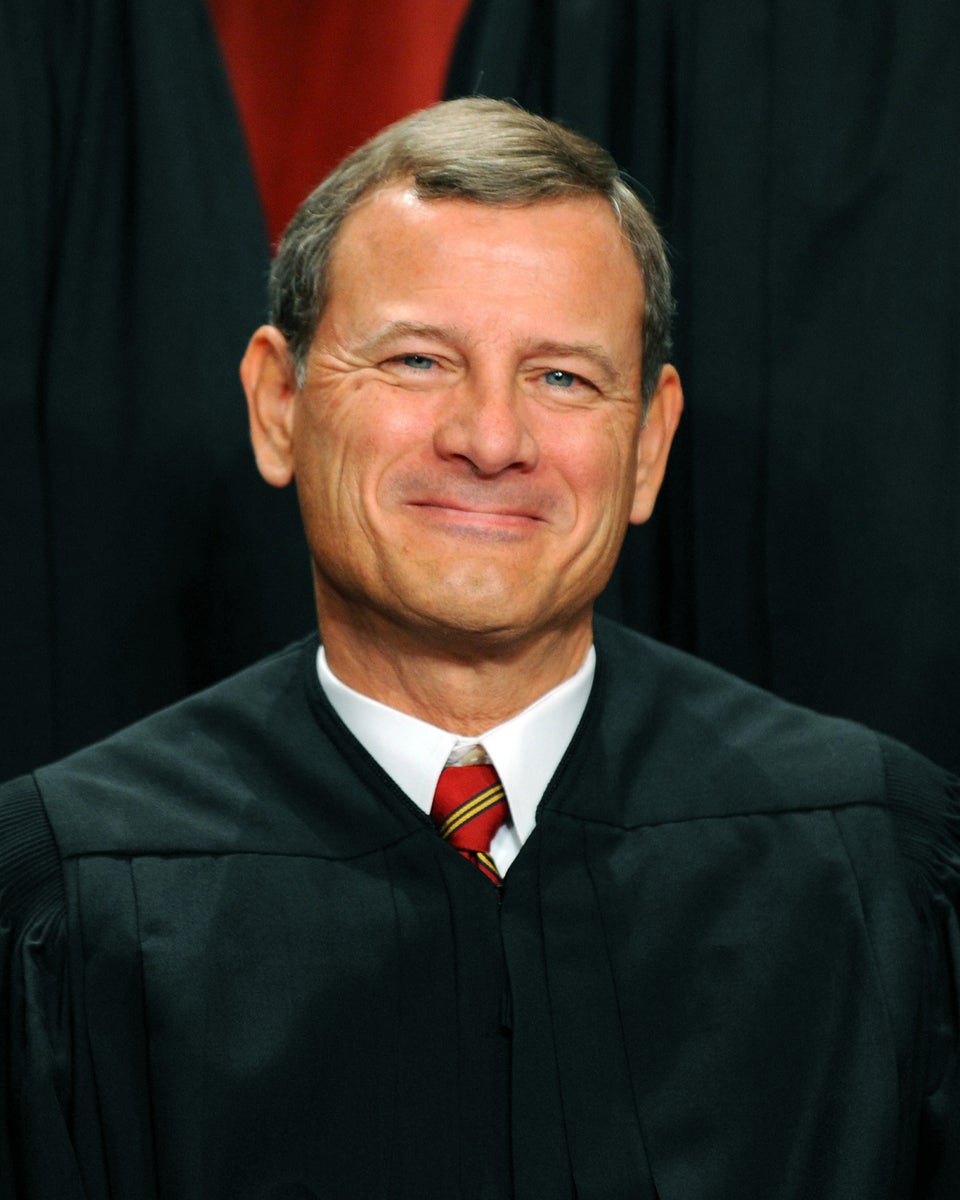WASHINGTON -- Justice Samuel Alito called the central point made by the government during Tuesday's Supreme Court arguments in McCutcheon v. Federal Election Commission "wild hypotheticals that are not obviously plausible" and that "certainly lack any empirical support."
The government, represented by Solicitor General Donald Verrilli Jr., argued that eliminating the aggregate limits on federal campaign contributions -- which restrict a donor from giving more than $123,200 overall in the current two-year election cycle -- would allow a candidate to solicit and accept a contribution of as much as $3.5 million through a joint fundraising committee.
Verrilli's hypothetical situation assumed a joint fundraising committee that has linked to all the federal candidates of its party and all the national and state party committees on its side. The solicitor general suggested that those candidates and committees could then shift the funds around in ways that would circumvent the "base" contribution limits on individual donors.
"Now, how -- how realistic is that? How realistic is it that all of the state party committees, for example, are going to get money and they're all going to transfer it to one candidate?" Alito asked.
In fact, state party committees in the past have transferred such funds to other state party committees with the intent of helping the candidate who solicited the original check to the joint fundraising committee.
In the 2012 election, GOP presidential nominee Mitt Romney's campaign used a strikingly similar scheme, albeit restricted by the aggregate limits. Romney Victory, the joint fundraising committee for his campaign, raised money for Republican Party committees in four non-competitive states -- Idaho, Massachusetts, Oklahoma and Vermont -- which were then able to make unlimited transfers to state GOP committees in 10 swing states.
This scheme provided the opportunity for a Republican donor's money to sidestep the base limit on giving to party committees: A donor could write a check of $40,000, which the joint committee would divide up evenly among four non-competitive state party committees, in accordance with the base limit of $10,000 per person per state party committee. Since party committees can make unlimited transfers among themselves, all four of those committees could send their share onto one swing-state committee, meaning the donor's full $40,000 contribution would end up boosting the Romney campaign in a key battleground.
A review of campaign donations to four non-competitive state parties from Romney Victory found at least 174 donors who gave the full $40,000. Those donations were then sent around to party committees in the contested states of Florida, Ohio, Colorado and Virginia, among others.
Further, at least 55 donors to these four non-competitive state party committees had also given the maximum contribution directly to a swing-state party that would also receive large infusions of money from the non-competitive party committees.
This may be just one example, but it lends "empirical support" to Verrilli's argument on what joint fundraising committees are likely to do.
Presidential campaigns have also sought to have donors channel their maximum aggregate contribution to parties and PACs through the joint fundraising committee. The max in 2012 was $70,800. Both the Romney and Obama joint fundraising committees allowed donors to give $70,800, plus $5,000 for the presidential campaign itself.

